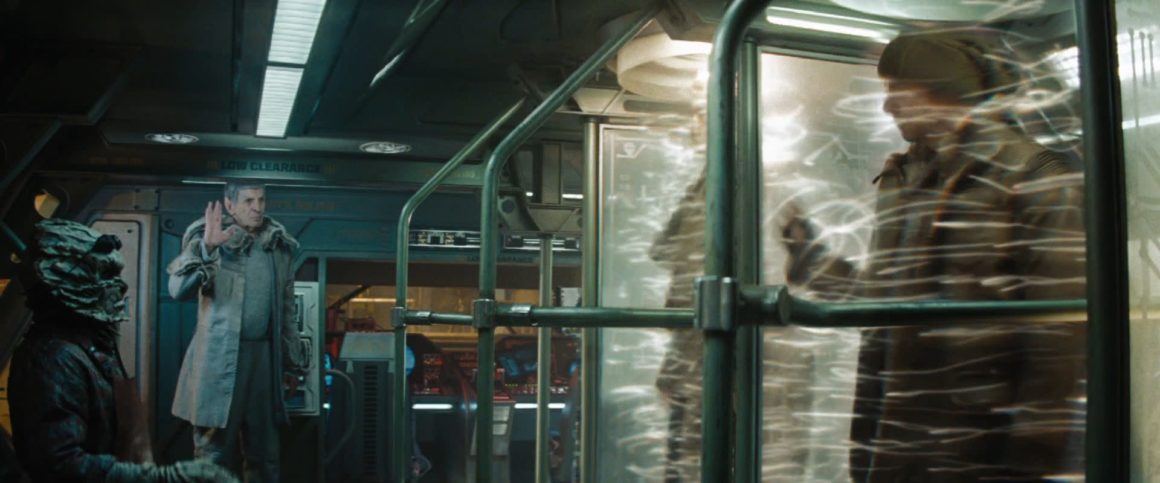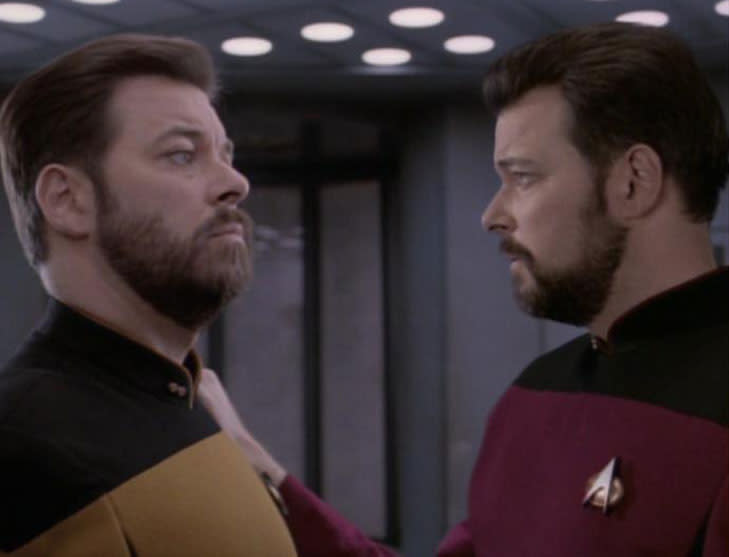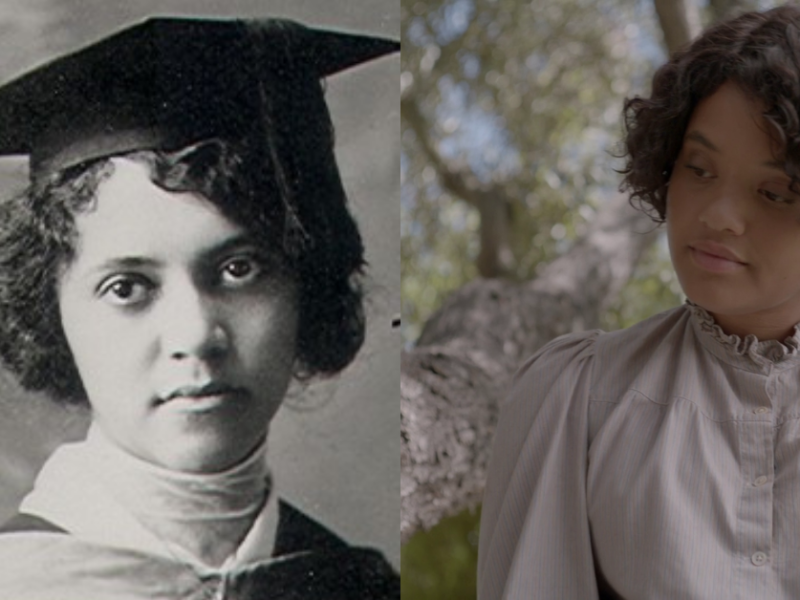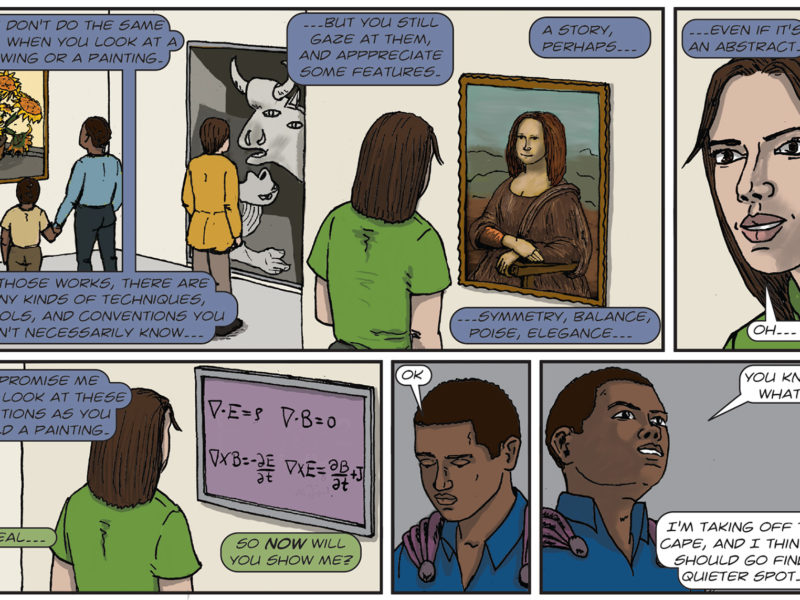Star Trek's transporter is about every fan's dream method of travel. Step onto the platform and you are instantaneously disintegrated while the information from every single atom in your body measured. The energy from being disintegrated is beamed into space and the information gained is used to reassemble you. Need to get to Mars in a hurry? Boom! You're there! Unless you can apparate or use Floo like Harry Potter, there is no better method to travel. But what if the transporter is secretly a death machine?
This is the question that C. P. G. Grey asks in his latest YouTube video, The Trouble with Transporters, which is a fun littered with Star Trek Easter Eggs. While Grey manages to discuss the metaphysics of consciousness in an enjoyable and engaging way, it is possible that many people may feel lost after watching Grey's video. The good news is that the themes covered in the video is common in science fiction and most viewers are familiar with many of the concepts Grey talks about even if they aren't aware of it.
The transporter changes an object's atoms into energy and transmits it across long distances. At the receiving end, the energy is converted back into matter and the object rematerializes. If the object being transported is destroyed, what (or who) comes out on the other end?
The Ship of Theseus
The Ship of Theseus is a thought experiment that raises the question as to whether an object that has all of its components replaced is still the same object. This was raised in both in the book and movie of John Dies at the End when David Wong (Chase Williamson) asks whether an axe that had its handle and head replaced over time is still the same axe.
This paradox was first discussed by the Greek philosopher Plutarch in his late first century writing, Life of Theseus. Here Plutarch describes a ship, piloted by Theseus and his crew. Over time, the crew replaces the old planks as they decay and replace them with newer pieces of timber. Eventually, all of the ship's pieces are replaced. Plutarch asks the question, whether the ship remains the same if it is entirely replaced, piece by piece. To complicate things, philosopher Thomas Hobbes introduces a further puzzle. What if the original pieces were gathered up and used to rebuild a second ship. Which ship, if either, would be the original Ship of Theseus?
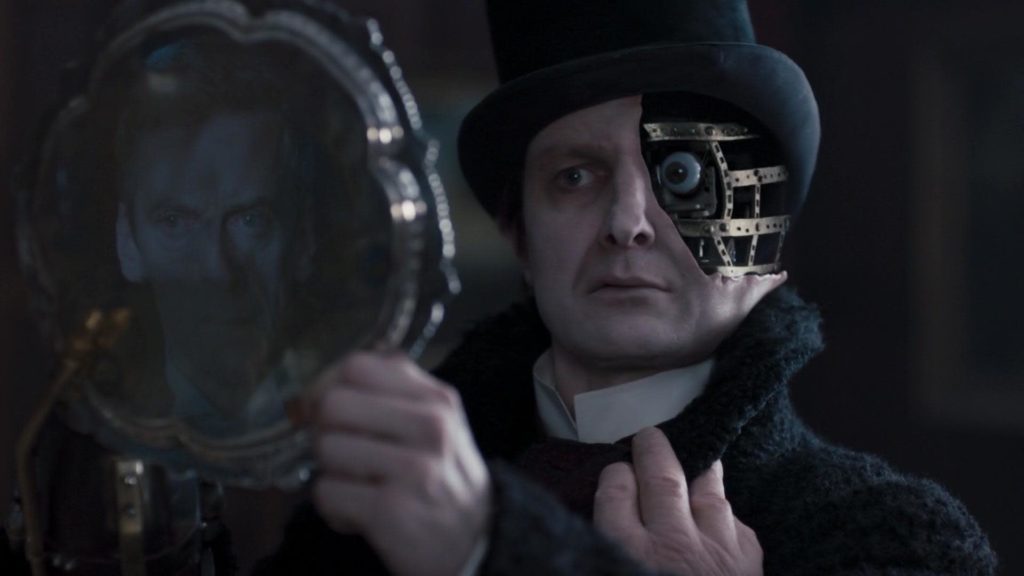
If any of this seem familiar, it is because this is a commonly explored theme in science fiction. Doctor Who, for example, regenerates to become a new person but is still deemed the same character. In the Doctor Who episode, Deep Breath, the twelfth doctor, played by Peter Capaldi, postulates that a broom that has had its handle and brush replaced several times is not the same broom as he talks to an android who has replaced every part of himself several times. The Doctor wonders if the same applies to him.
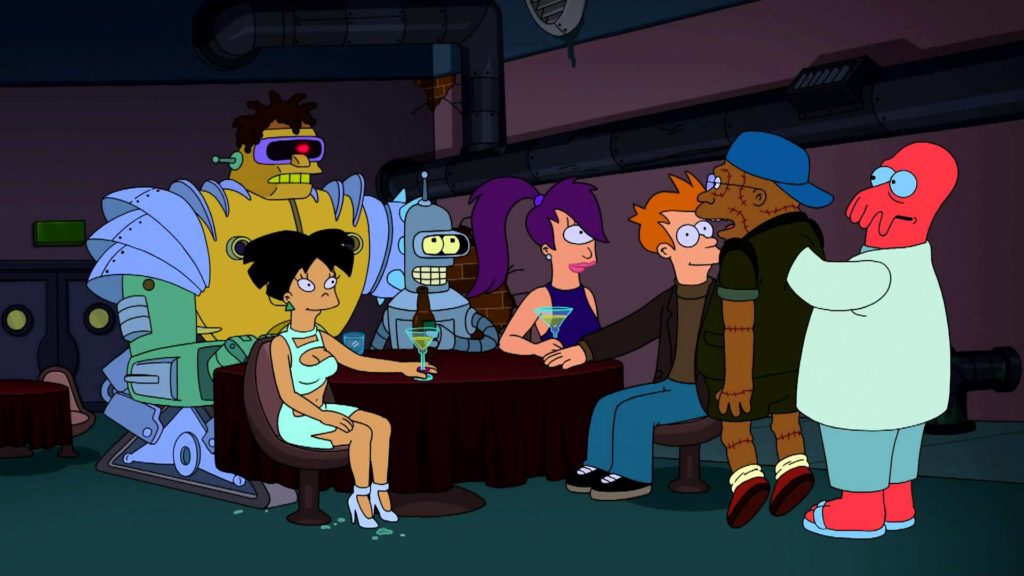
The Theseus-like theme was also explored in the Futurama episode, "Six Million Dollar Mon," when Hermes Conrad replaces his body parts one by one with robotic pieces. Dr. Zoidberg keeps the discarded body parts, fashioning them into a marionette of Hermes, which he uses for a stand-up routine. Conrad eventually replaces his brain with a robotic one and Zoidberg puts the old brain into his marionette body, thus bringing Hermes back to life as his old self and leaving his previous body to be taken over by the new brain. Who then is the "real" Hermes Conrad?
The Heisenberg Compensator Death Machine
As Grey points out, while the transporter is deemed the safest form of transport, it is not without problems and is something fans of the show are likely aware. In the Star Trek: TNG episode Second Chances, William Riker (Jonathan Frakes) finds out he has been cloned in a transporter accident and that his duplicate has been living on the surface of Nervala IV for the past eight years. This understandably creates problems for both Rikers, each claiming to be the real one and that the other is an imposter.
"He's not Will. He is Will, but... you know what I mean."
Dr. Beverly Crusher on Star Trek: The Next Generation (Second Chances)
The cloned Riker scenario raises an interesting problem, as Grey explains. As Dr. Crusher (Gates McFadden) points out, "He's not Will. He is Will, but... you know what I mean." Both individuals have equal claim to the title and personhood of William Riker. Even more disturbing is the implication that every time a person steps into a transporter, that person's life ends and someone new replaces them with the same experiences and memories.
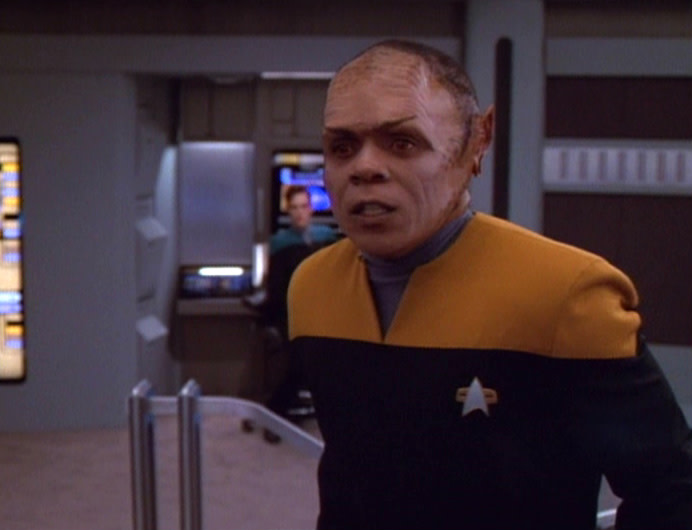
If the transporter simply cloned a person and destroyed the original, it would be one thing, but Star Trek is anything but simple. In the Star Trek: Voyager episode Tuvix, Lieutenant Tuvok (Tim Russ) and Neelix (Ethan Phillips) are merged into one entitiy, Tuvix (Tom Wright). While this new person shared many of the attributes of the two previous individuals, he was someone new and unique; a distinct personality. When the means to split Tuvix became possible, the decision became all the more difficult as it would mean killing him to restore the lives of Tuvok and Neelix.
Occam's Razor and the Unknowable
Grey cites Occam's Razor as a reason for ignoring the soul; if it can not be measured, then it has no effect, and we can ignore it. This does not mean that a soul does not exist. It just means the simplest solution demands we assume it does not exist. But as Grey points out, we can't. The way the transporter works means we have to assume there is something more to consciousness.
To be fair, Star Trek has not been totally agnostic when it comes to the existence of the soul. The Vulcan katra or living soul, can be transferred to another person or katric ark. In the Star Trek: DS9 episode Life Support, Vedek Bareil Antos (Philip Anglim) is critically injured in a plasma explosion and Dr. Julian Bashir (Alexander Siddig) replaces the damaged regions of the brain with an artificial positronic implant.
Unfortunately, things worsen for Bareil and Bashir needs to add more and more implants in what looks to appear as a "Ship of Theseus" scenario; if you continue to replace the portions of the brain with cybernetic implants until no organic parts remain, does consciousness survive? Philosophically speaking, we have no reason to not think consciousness would not survive in a completely artificial brain, but Bashir says otherwise. He explains that if too many parts of the brain are replaced, while the person may act normally, there seems to be something "missing."
While physicists may think of the transporter as a suicide machine, philosophy is not quite settled. The metaphysics of Star Trek highlights our fears and how little we know about consciousness. At best, we see the brain is an information-processing machine; it takes data, transforms it, and uses it to guide behavior. Somewhere, the brain has a conscious experience of itself and the world around it. Exactly what that consciousness is and what those breaks in consciousness mean is an open question that is impossible to answer.

